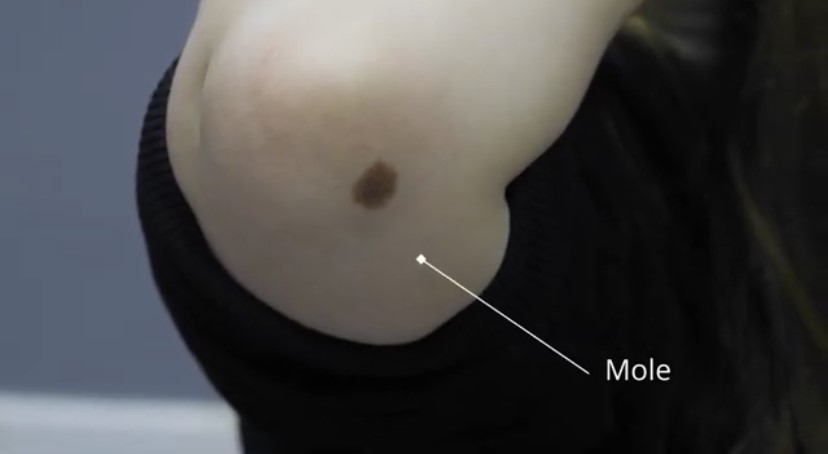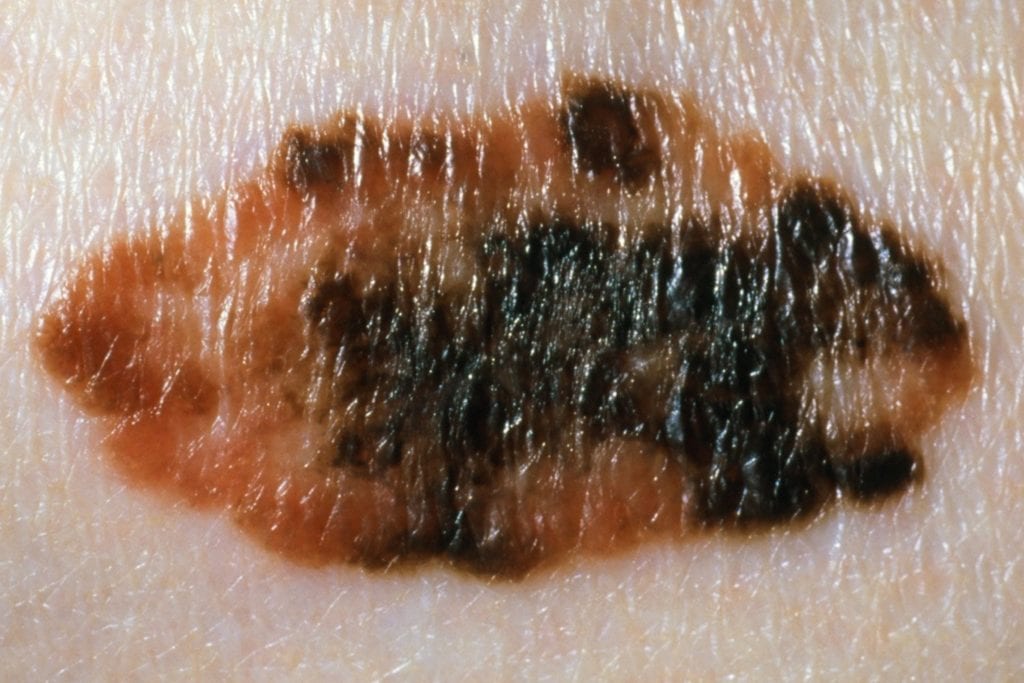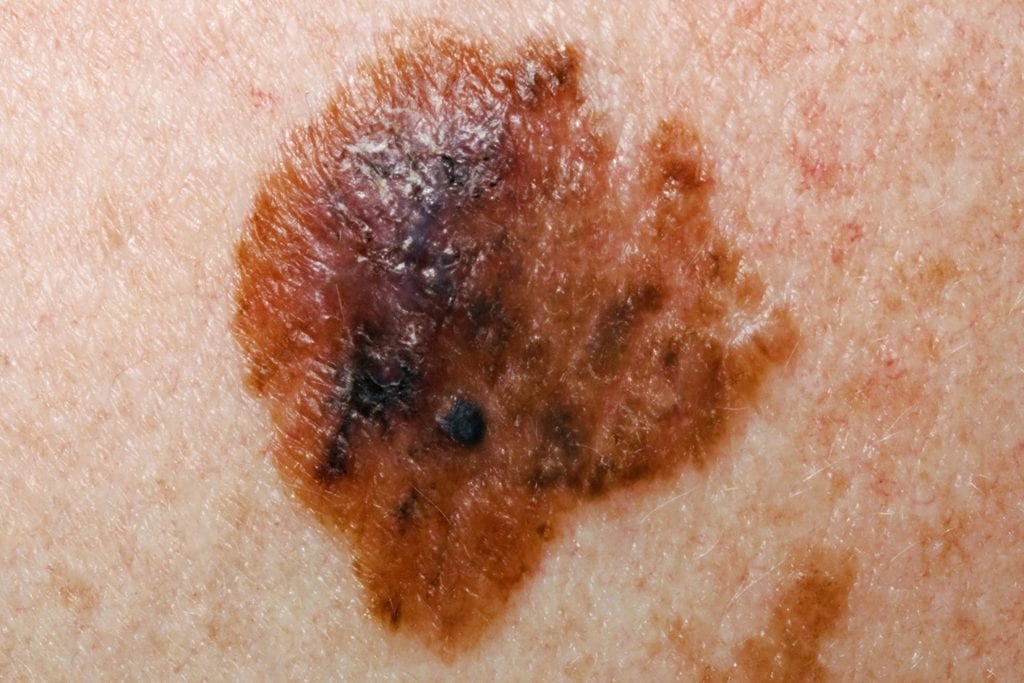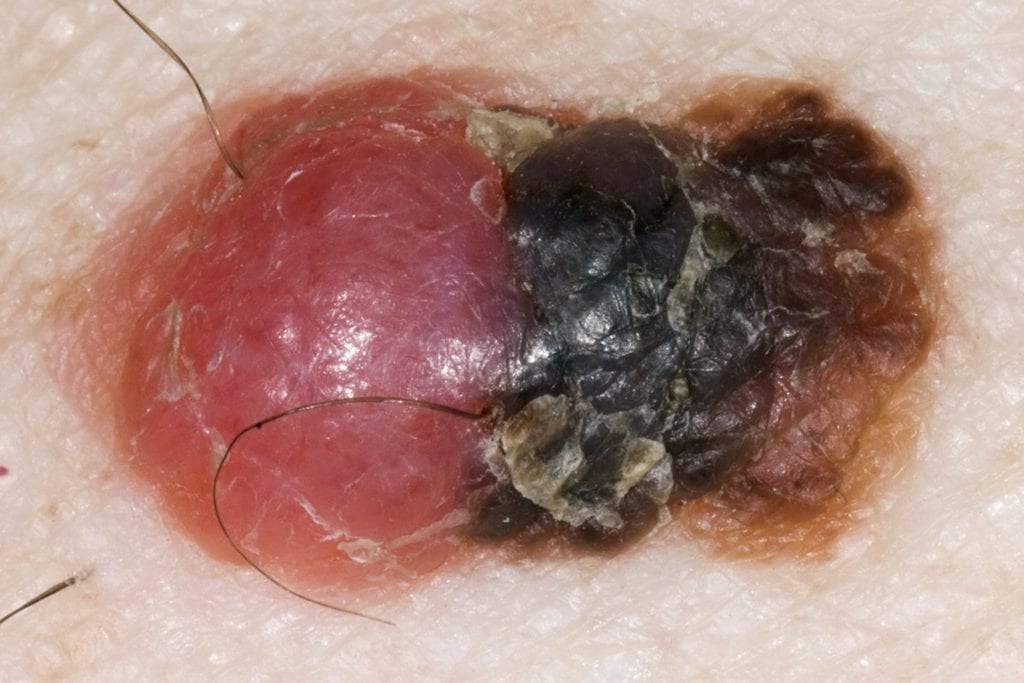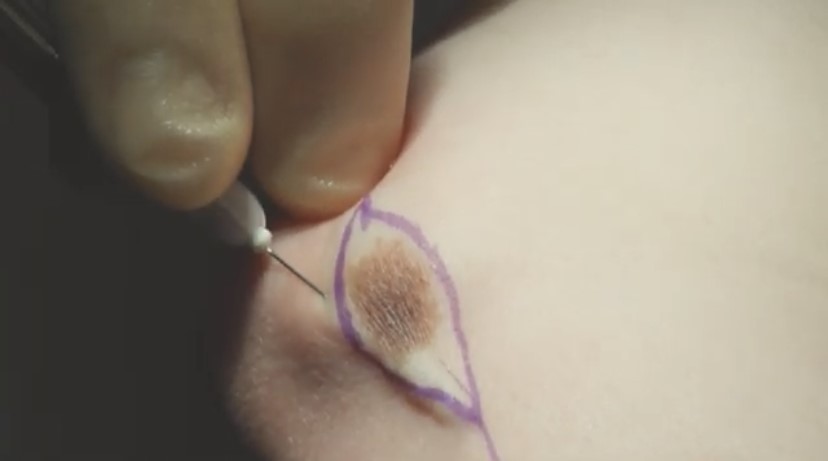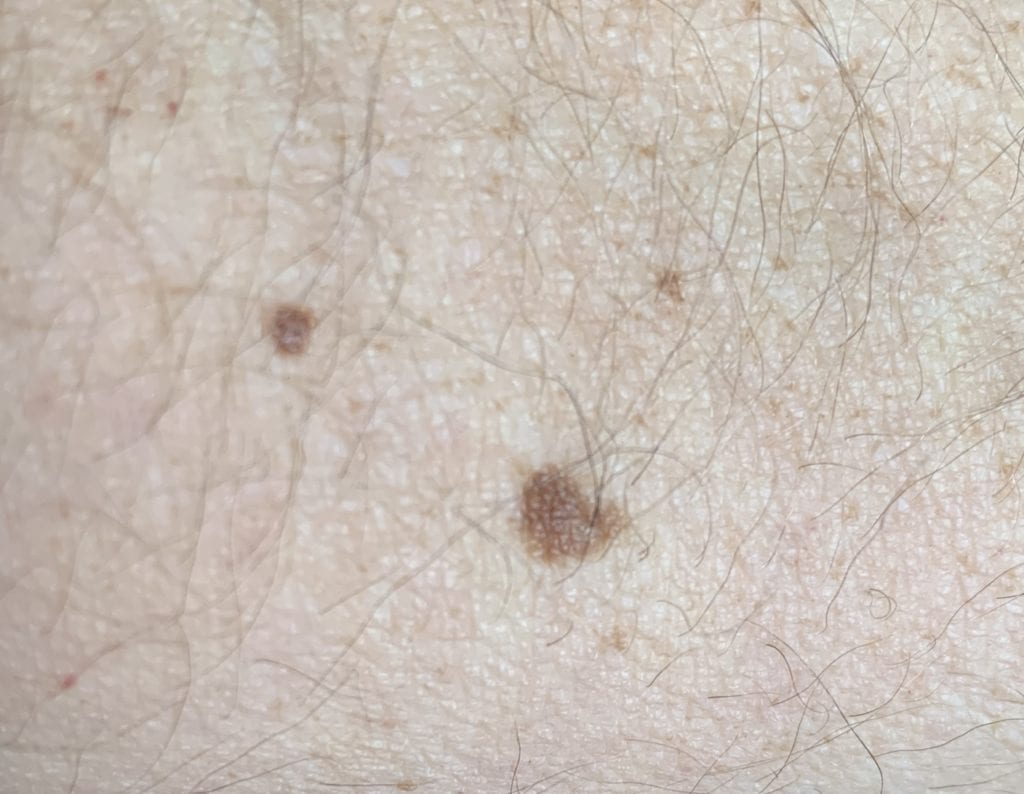Moles
What are moles?
Growths on the skin that generally tend to be rounded and can vary in colour from your own natural skin tone to brown and black as your skin produces a protective skin darkening pigment called Melanin They can appear on any area of your skin either singularly or in clusters.
Most moles appear in early childhood and over time may fade and disappear; they can become darker in colour after increased exposure to the sun (ultra-violet radiation), during puberty or pregnancy.
Most moles are very harmless with a round or oval shape and can appear flat or raised, smooth or rough to the touch. Some moles can appear with hair growing through them.
When should I be concerned about moles ?
Simply remember the ABCDEs.
If you notice any of the following come along to one of our specialist clinics for a consultation, we are happy to help.
Asymmetry: When one half of your mole does not match the other half.
Border: If the border of your mole is irregular.
Colour: If the colour of your mole has changed or contains shades of multiple colours such as tan, brown, black, blue, white, or red.
Diameter: If the diameter of your mole is larger than the rubber end of a pencil.
Elevation/Evolution: If your mole becomes raised after being flat, or it changes over a short period of time and starts to bleed and crust.
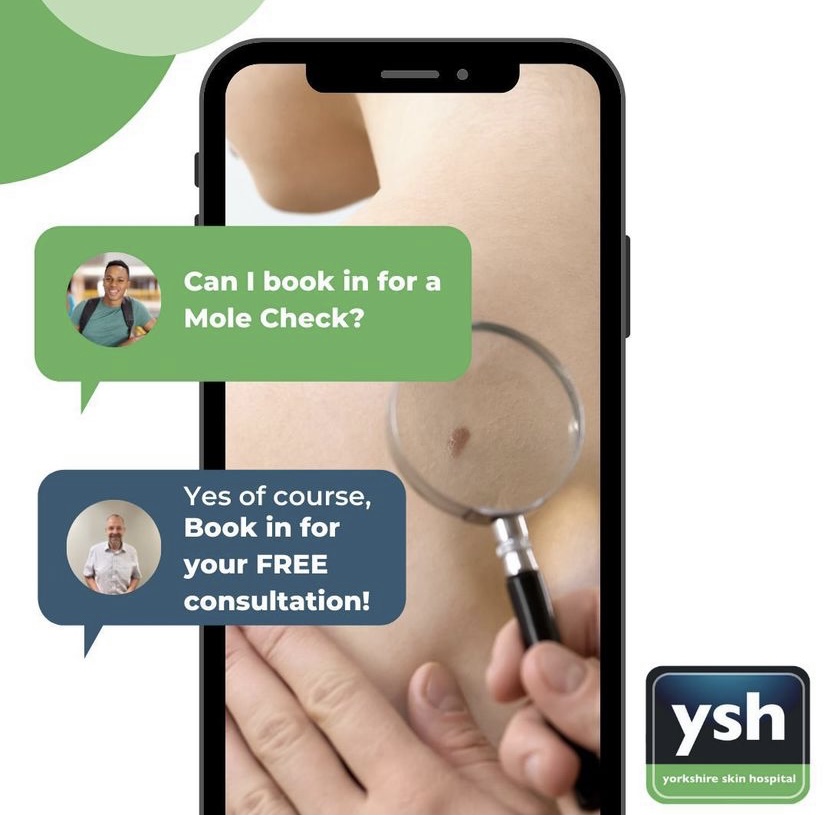
Reasons why patients visit The Yorkshire Skin Hospital to have moles removed
- ABCDE
- Causing discomfort when rubbing against clothing, jewellery
- Become sore and irritated with they occur within the armpit or in the groin area
- Not cosmetically appealing, especially on the face
- Surgical Removal of moles
The Yorkshire Skin Hospital offers two surgical procedures for mole removal
- Shave excision
- Surgical excision
This being discussed in detail at your free consultation. The decision as to which is preferable is dependant on the individual case and advised by Dr Wright.
Contact us now to arrange your free consultation.
0%
Finance Available*
*Subject to status. Terms and conditions apply


